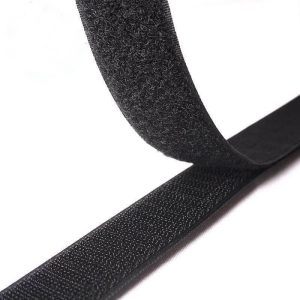Introduction
Webbing refers to the strong, woven fabric used by military personnel worldwide. It comprises various components like belts, pouches, and straps, enabling soldiers to carry equipment and supplies efficiently. The design focuses on durability, flexibility, and lightweight construction, making it indispensable for military operations.
Types of Military Webbing
General Purpose Webbing
This type includes basic belts and straps used for carrying equipment. Manufacturers often use nylon or polyester due to their strength and weather resistance.
Tactical Webbing
Tactical webbing features modular designs, allowing for customization based on mission requirements. It includes MOLLE (Modular Lightweight Load-carrying Equipment) systems, which are popular for their versatility.
Specialized Webbing
Designed for specific roles, such as medical or communication gear, specialized webbing ensures quick access to essential tools in critical situations.
Key Features of Military Webbing
Durability
Military webbing uses high-quality materials like nylon, which can withstand harsh conditions without fraying or breaking. This durability ensures that the webbing can support heavy loads over extended periods.
Flexibility
The flexibility of military webbing allows for a comfortable fit while accommodating various body sizes and shapes. It also enables soldiers to move freely, which is crucial during combat.
Lightweight
Despite its strength, military webbing is lightweight, preventing unnecessary strain on soldiers who already carry heavy equipment. This balance between strength and weight is essential for operational efficiency.
Reflective Webbing
For nighttime operations or low-visibility environments, military webbing may include reflective elements to improve safety. Reflective webbing ensures that soldiers remain visible to allies while minimizing detection by adversaries.

Importance of Webbing in Military Operations
Efficient Load Carriage
Webbing systems allow soldiers to distribute the weight of their equipment evenly, reducing fatigue and increasing mobility.
Quick Access to Equipment
The modular nature of tactical webbing enables soldiers to customize their gear layout, ensuring quick access to ammunition, medical supplies, and communication devices.
Adaptability
Military operations can vary greatly, and the adaptability of webbing systems allows for quick adjustments to meet any mission's demands.
Conclusion
Military webbing is a critical component of a soldier's equipment, offering a unique combination of durability, flexibility, and lightweight design. Its modular nature allows for customization and adaptability, ensuring soldiers can carry their essential gear efficiently and remain prepared for any situation. Reflective webbing adds an additional layer of safety for operations under low visibility, highlighting its importance in modern military gear.